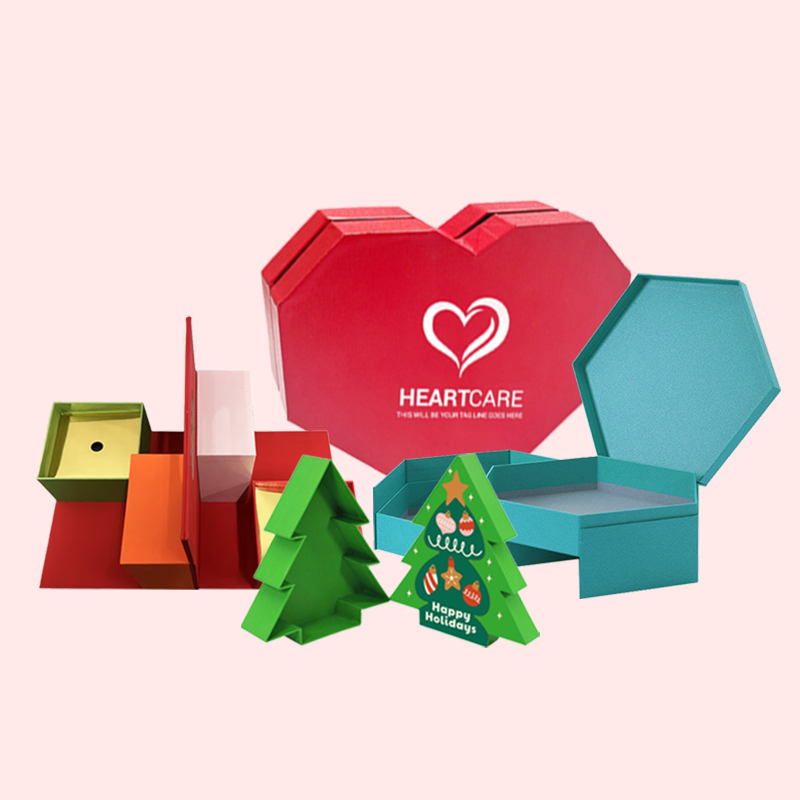Struggling to pick the right packaging? A poor choice can damage your product and brand. I'll help you find the perfect fit for your specific needs.
The best custom packaging1 depends on your product, brand, and budget. For many businesses, custom paper boxes2 offer the ideal balance. They provide great protection, endless branding opportunities, and are very cost-effective, making them a versatile choice for a wide range of goods.
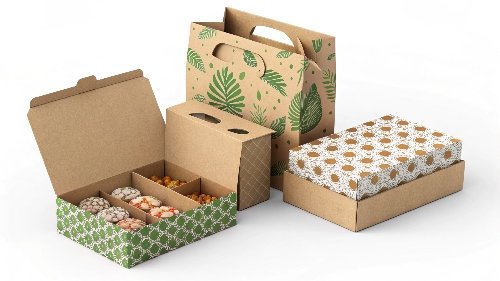
Choosing your packaging is one of the most important decisions you'll make. It’s the first thing your customer physically interacts with. It protects your hard work and tells your brand's story. With over 16 years in this industry, I've seen how the right box can make all the difference. Let's break down how to make the best choice, starting with the most common options and getting into the details that matter for your business.
Which type of packaging is best?
Feeling overwhelmed by all the packaging options3? Picking the wrong one can be a costly mistake. Let's focus on the most popular and versatile choice: paper boxes.
Paper boxes are often the best starting point for many products. They are versatile, eco-friendly, and highly customizable. They work for everything from food and cosmetics to electronics, giving you a great mix of protection, branding, and value.

In my experience, paper-based packaging, which includes everything from simple folding cartons to sturdy corrugated mailers, is the backbone of the industry. There's a reason it's so common. It hits a sweet spot that most businesses need.
Why Paper Boxes Are So Popular
The first big reason is sustainability4. Today's customers care about the environment, and paper is easily recyclable and biodegradable compared to plastic. Using a paper box sends a positive message about your brand. Cost is another huge factor. The raw materials and manufacturing process for paper boxes are generally inexpensive, which helps keep your final product price competitive. But the biggest advantage, especially for designers like Peter, is the design flexibility. You can print any color, logo, or pattern on a paper box. You can also add special finishes like gloss, matte, or embossing to create a unique feel that grabs attention on a shelf or during an unboxing.
When Paper Boxes Might Not Be "Best"
Of course, paper boxes aren't perfect for every single situation. Their biggest weakness is water. If your product is going to be exposed to moisture, a standard paper box won't be enough. We can add protective coatings or use an inner plastic bag, but for very wet environments, you might need a different material. Strength is the other limitation. For extremely heavy or sharp-edged products, a standard paperboard box might tear or collapse. In those cases, we'd look at thick, double-walled corrugated board or even explore other materials. And for ultra-luxury items, while a high-end rigid paper box can feel very premium, some brands want the unique weight and feel of metal or wood.
What is the most efficient packaging?
Inefficiency in packaging costs you time and money. Wasted materials and shipping space can silently eat away at your profits. Let's look at what "efficient" really means.
Truly efficient packaging minimizes cost, space, and waste. Custom-sized corrugated paper boxes are a top contender. They ship flat to save warehouse space, are lightweight to reduce shipping fees, and offer strong protection without needing excess material.
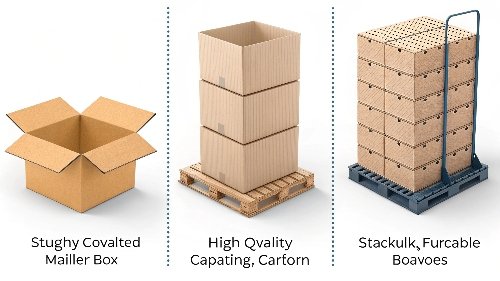
When I talk to clients about efficiency, I'm not just talking about the cost of the box itself. True efficiency covers the entire lifecycle of the package, from your warehouse to your customer's hands. It's about making smart choices that save resources at every step.
Efficiency in Materials and Cost
The most obvious win is in material use. A box that is custom-made to fit your product perfectly eliminates the need for extra void fill like bubble wrap or packing peanuts. This not only saves you money on those filler materials but also presents a cleaner, more professional look to your customer. At Giftspack, we focus on sourcing materials smartly. This focus on "right-sizing" is the first step to efficiency. It also reduces dimensional weight shipping charges, which carriers use to bill for the space a package takes up, not just its actual weight.
Efficiency in Storage and Assembly
Think about your warehouse or fulfillment center. Space is money. This is where box design becomes critical. Designs like mailer boxes or folding cartons that can be stored flat are incredibly space-efficient. I’ve seen clients reclaim huge amounts of shelf space just by switching to a flat-pack design5. Assembly time is another factor. For a business shipping hundreds of orders a day, a few seconds per box adds up. "Crash-lock" or "auto-bottom" boxes that pop into shape almost instantly are far more efficient than boxes that require complicated folding and taping.
What type of packaging is best for what mode of shipping?
Your product's journey can be a rough one. A package that looks great on a desk might not survive shipping, leading to returns and unhappy customers.
For e-commerce and courier shipping, durable corrugated mailer boxes6 are essential. For display on retail shelves, folding cartons or rigid boxes with high-quality graphics are best. For bulk freight, strong, stackable corrugated boxes are the only choice.
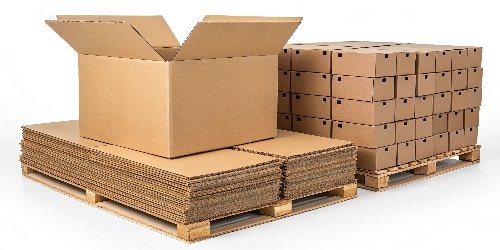
The trip your package takes determines the level of protection it needs. A box going straight to a local retail store has a much easier life than a package being sent across the country through multiple carrier hubs. You have to pack for the journey. I always ask my clients, "How is this getting to your customer?" The answer completely changes our approach.
Matching the Box to the Journey
Thinking through the shipping process is a non-negotiable step. A designer like Peter has to consider not just how the box looks, but how it performs under stress. The unboxing experience7 is important for e-commerce, but that experience is ruined if the product arrives broken. We can use a simple table to break down the best choices.
| Shipping Mode | Recommended Packaging | Key Considerations |
|---|---|---|
| E-commerce / Courier | Corrugated Mailer Box | Must withstand drops, vibration, and compression. The unboxing experience is part of your brand marketing. Should be lightweight but strong. |
| Retail Shelf | Folding Carton, Rigid Box | Visual appeal is the top priority. Must attract customers. May need features like a window or a hang tab. Must protect from in-store handling. |
| Bulk Freight / Pallet | Regular Slotted Container (RSC) | Stacking strength is essential. Must resist being crushed from the weight above. Standardized sizes help create stable, efficient pallets. |
How to choose packaging for a product?
Making that final decision can feel paralyzing. Your budget, brand, and product needs can all seem to pull you in different directions. Let's use a clear, step-by-step process.
To choose packaging, first analyze your product (size, weight, fragility). Next, consider your brand identity8 and budget. Finally, think about your customer and shipping method9. Balancing these key areas will guide you to the perfect solution.
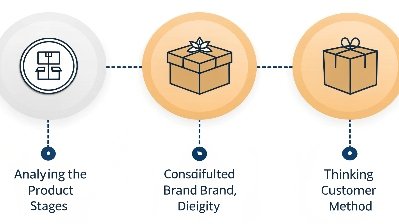
Over the years, I've developed a simple framework to guide clients through this process. It removes the guesswork and ensures we don't overlook anything important. By thinking through these steps, you can be confident in your final choice.
Step 1: Analyze Your Product
Before you think about colors or logos, you have to think about the physical object itself. What are its exact dimensions, and how much does it weigh? Is it fragile and in need of protective inserts, or is it durable? Does it have any special requirements, like needing protection from moisture or needing to be kept flat? For example, I once worked with a client selling delicate handmade ceramics. We decided on a thick corrugated mailer with a custom-molded paper pulp insert to hold the item perfectly still. The product's needs always come first.
Step 2: Define Your Brand and Budget
Next, think about what you want the packaging to say about your brand. Are you an eco-conscious company? Then a raw kraft paper box might be perfect. Are you a luxury brand? Then a high-end rigid box with a magnetic closure and foil stamping is a better fit. Your packaging is a direct reflection of your brand's values. At the same time, you have to be realistic about your budget. What can you afford to spend per box? This number will quickly narrow down your options for materials, printing methods, and special finishes.
Step 3: Consider Your Customer and Distribution
Finally, put yourself in your customer's shoes. How will they receive this package? An e-commerce customer gets an unboxing experience7 at home, which can be a powerful marketing moment. A retail customer sees it on a crowded shelf, so it needs to stand out. And as we just discussed, you must consider the distribution channel. The demands of freight shipping are completely different from hand-delivering to local shops. Balancing these three areas—Product, Brand/Budget, and Customer/Distribution—is the key to success.
Conclusion
Choosing the right packaging means balancing your product's needs, brand, budget, and shipping method9. A custom paper box is often the most versatile and efficient place to start.
-
Explore how custom packaging can enhance your brand and protect your products effectively. ↩
-
Learn why many businesses prefer custom paper boxes for their versatility and cost-effectiveness. ↩
-
Discover the various packaging options to find the best fit for your products. ↩
-
Understand the importance of sustainable packaging in today's eco-conscious market. ↩
-
Learn how flat-pack designs can save space and improve efficiency. ↩
-
Explore the benefits of corrugated mailer boxes for e-commerce and shipping. ↩
-
Discover why the unboxing experience is crucial for e-commerce brands. ↩ ↩
-
Understand how packaging reflects your brand identity and values. ↩
-
Discover the best packaging solutions tailored to various shipping methods. ↩ ↩


